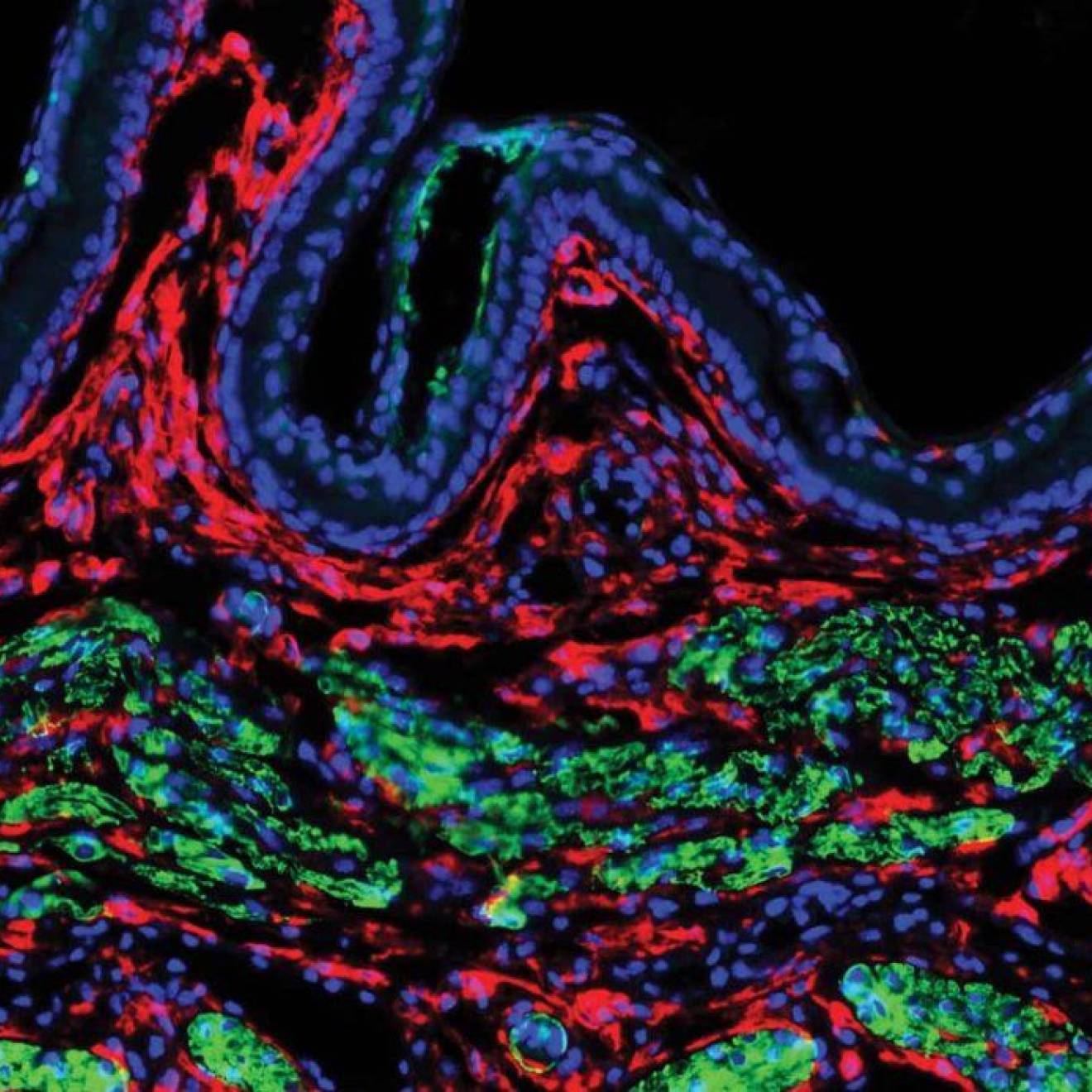Iqbal Pittalwala, UC Riverside
 Citrus greening, also named Huanglongbing, is probably the most devastating citrus disease threatening the global citrus industry.[/caption]
Citrus greening, also named Huanglongbing, is probably the most devastating citrus disease threatening the global citrus industry.[/caption]
Citrus greening, also named Huanglongbing (HLB), is probably the most devastating citrus disease threatening the global citrus industry. To prevent its further spread, early diagnosis before the appearance of the dreaded symptoms is particularly important. But the unculturable nature of the bacteria, their low concentration and uneven distribution in their hosts make it extremely difficult to detect HLB infection.
Hailing Jin, an associate professor of plant pathology and microbiology at the University of California, Riverside, recently published a paper in the journal Molecular Plant in which she reports having profiled small ribonucleic acid (sRNA) from citrus plants, some of which were affected by HLB.
Her research showed that several sRNAs were found to have been induced specifically by HLB, meaning they could potentially be developed into early diagnosis markers for the disease.
The study also showed that in a three-year field trial in southwest Florida diseased trees suffered from severe phosphorus deficiency and that application of phosphorus solutions to the diseased trees significantly alleviated HLB symptoms, improving fruit yield.
In the trial, 19 healthy sweet orange trees were grafted with HLB-positive bark or leaf pieces. As controls, five trees were mock-inoculated with pathogen-free healthy tissue. Phosphorus solutions were applied to the 19 HLB-positive trees three times a year. After two years of treatment, the diseased trees displayed significantly reduced HLB symptoms.
“Compared with the mock-treated plants, the phosphorus-treated trees had a greener appearance and more vigorous growth,” Jin said. “Fruit yield increased approximately two-fold compared with the mock-treated plants.”
She cautioned that the application of phosphorus solutions did not cure the trees. Her research suggests, however, that additional phosphorus application may help diseased trees look healthier and improve fruit yield.
Jin was joined in the research by Hongwei Zhao, Ruobai Sun, Chellappan Padmanabhan, Airong Wang, Michael D. Coffey, Thomas Girke, Timothy J. Close, Mikeal Roose and Georgios Vidalakis at UC Riverside; and researchers at Nanjing Agricultural University, China; the U.S. Department of Agriculture; Fujian Agriculture and Forestry University, China; and the University of Florida.
The research was supported by a grant to Jin from California Citrus Research Board.

